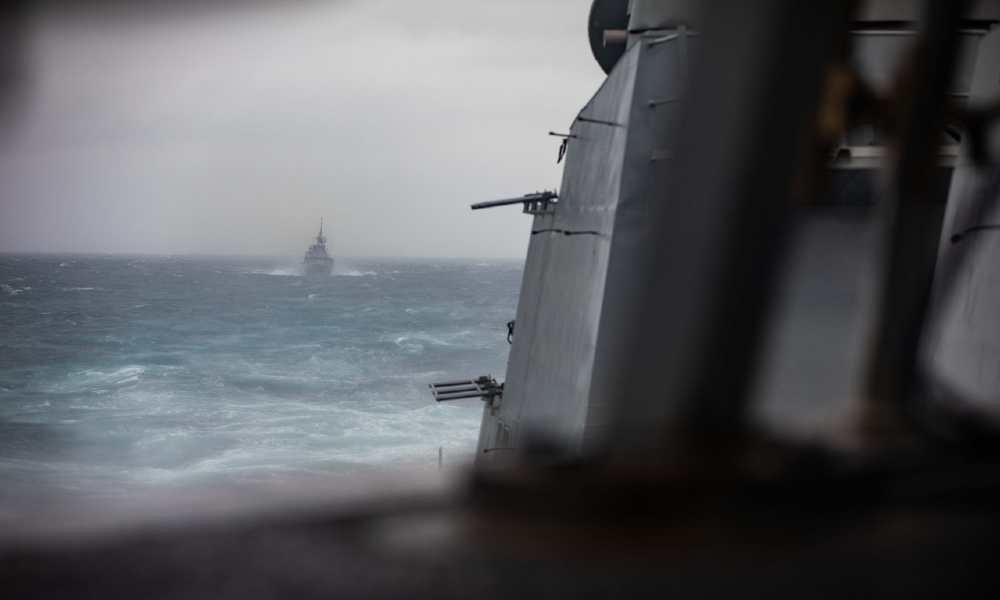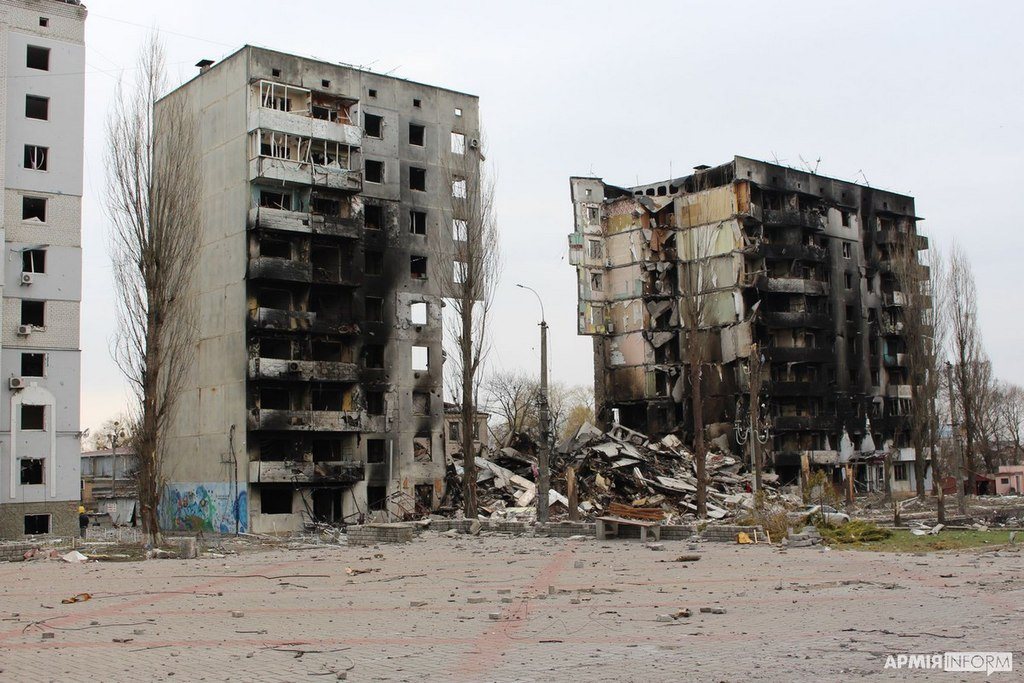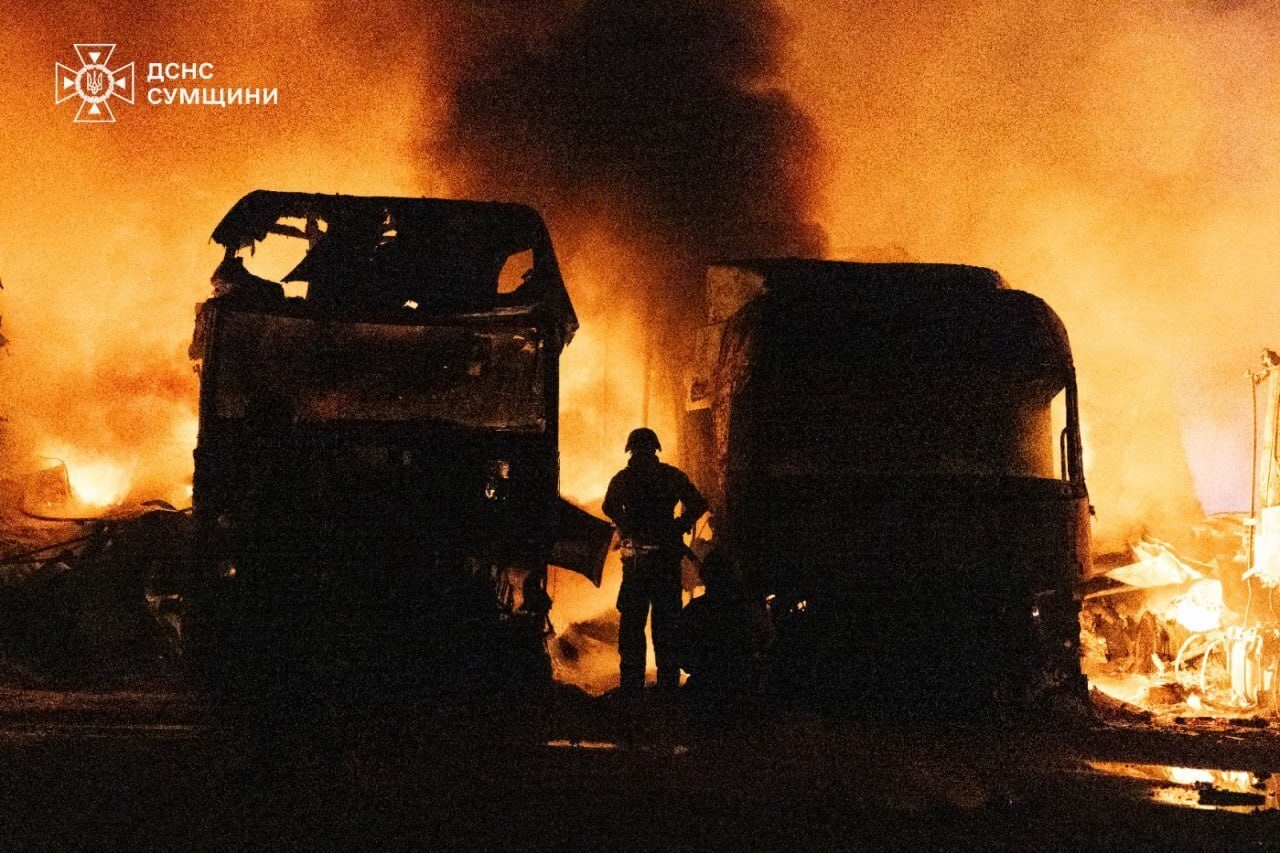Planning for Protracted Conflict With China: Five Questions to Ask
Where and how a conflict starts will affect the kind of war it will be.

Published by The Lawfare Institute
in Cooperation With

Editor’s Note: Under both Biden and Trump, the United States has put the defense of Taiwan against a Chinese invasion at the top of its defense planning goals. The University of Texas-Austin’s Sheena Chestnut Greitens, drawing on her recent Washington Quarterly article, argues that this approach is incomplete. There are many reasons the United States and China might clash, and Washington must think through a range of demanding contingencies.
Daniel Byman
***
The specter of a protracted, grinding war of attrition has captured the imagination of analysts, planners, and policymakers, who caution that the United States is not well-positioned to fight a long and costly war, and warn that “Washington is preparing for the wrong war with China.”
This raises the question: What is the “right” kind of war to plan for, and how exactly should the U.S. defense establishment be going about that process? The reality that few of these discussions explicitly acknowledge is that planning for protracted conflict with the People’s Republic of China (PRC) is not a single, monolithic exercise, nor is “protraction” a single state of conflict.
Rather, it is a convergent result: The Indo-Pacific has multiple flashpoints that, if they escalate, could each converge into some kind of protracted fighting. But which flashpoint escalates, and which pathway combatants follow from that point, will shape the resources available to each side and the nature of any protracted conflict that unfolds.
While the catastrophic costs of a Chinese seizure of Taiwan make it an important contingency to plan for, there is increasing evidence that Beijing’s preferred strategy encompasses a much wider array of coercive approaches and tools than amphibious assault and occupation. This reality makes planning for a protracted U.S.-China conflict “more complicated” than many of the defense scenarios used by planners since the end of the Cold War.
Failure to gain a full understanding of the range and type of potential protracted conflicts the United States could face runs the risk that Washington will first fail to prevent a protracted conflict from emerging, and then find itself in a war it is ill-prepared to fight—let alone win. Different parts of the U.S. military and government, as well as American allies and partners, may end up planning based on different assumptions about the future character of conflict, or the entire U.S. defense establishment may find itself fighting a conflict that is not the narrow scenario for which it has planned, trained, and equipped. Either process could produce lethal gaps in capabilities, authorities, and plans once the United States is engaged in actual conflict.
There are at least five questions to consider that will set the terms of any future protracted military contest.
Where—and how—might conflict start?
Under both Presidents Biden and Trump, the U.S. Department of Defense has spoken of a Taiwan crisis as its “pacing scenario.” The Trump administration’s Interim National Defense Strategic Guidelines, issued in March, refer to a “Chinese fait accompli seizure of Taiwan” as the Defense Department’s “sole pacing scenario.”
There is a significant difference between “China as the pacing challenge” and “fait accompli seizure of Taiwan” as the (sole) pacing scenario. The latter elides the complexity of the Indo-Pacific regional security environment and overlooks the risks posed by other pathways by which the United States could find itself embroiled in escalating and ultimately protracted conflict with the PRC. For example, the United States has mutual defense treaty obligations with both Japan and the Philippines that apply to areas where control is currently being contested by China, and the risk of a crisis escalating is real.
Even with respect to Taiwan, focusing only on invasion ignores the risk of lower-level coercive operations that increasingly seem to characterize the PRC’s strategy toward the island. These include the growing use of “gray zone” operations, as well as the possible use of internal subversion or assassination, a more limited offshore island seizure, or a blockade combined with cyber operations and political pressure carried out under China’s nuclear shadow.
The range of locations, actors, and tools at play generates a wide matrix of scenarios, and each would involve a different set of U.S. and allied/partner capabilities (political and military) to address. The role of the evolving U.S.-Japan alliance, for example, will differ if the United States is asked to support Japan in an escalating crisis in the Senkaku/Diaoyu islands versus if the United States requests Japanese support for a crisis originating in Taiwan or the Philippines. Diplomatic off-ramps differ greatly, as do the risks of potential horizontal escalation (for example, the emergence of simultaneous conflict on, say, the Korean peninsula).
Is China expecting a protracted conflict?
To date, Chinese discussions of potential conflict seem to focus even more than American ones on the need for quick decisive victory; the best advice one can glean from open-source operational texts on protracted conflict is “avoid it.” Although there is some evidence that this may be shifting, it is currently unclear how seriously China’s military and political leadership have considered the possibility of fighting a war other than the one they want to fight—making it more difficult to predict China’s response if things do not go according to their plans.
What will the People’s Liberation Army (PLA) look like when a protracted conflict begins?
China is rapidly expanding its military capabilities, but some key gaps in demonstrated capabilities remain. This is especially as it relates to a potential invasion and occupation of Taiwan, a difficult task that the United States is trying to make even harder. The fast-changing relative military balance in Asia matters both for deterrence and for the tactical and operational levels of any future conflict.
In addition, Beijing’s anti-corruption drives are an important wild card in the assessment of PLA capabilities. Ongoing problems with corruption can affect the pace and quality of actual weapons systems development and, over the long term, could also constrain the ability of China’s defense industrial base to sustain participation in a prolonged military effort.
Just as important, ongoing corruption cases, including investigations of senior officers that Chinese President Xi Jinping hand-picked for their jobs, likely indicate fundamental problems of trust between China’s military and party leaders. A lack of trust could affect Xi’s perception of what kind of risk he would run by engaging in military action and may lead him to intervene in managing his armed forces in ways that are difficult to predict but that would directly affect the PLA’s battlefield performance.
How will China’s initial approach to conflict address third parties?
The potential flashpoints that could generate a protracted conflict between the United States and China take place in a regional security environment with multiple U.S. allies and partners. China will have to decide how to reconcile potentially competing logics when it comes to its opening strategy toward those allies. Which logic dominates will affect who is able to participate in any conflict, with what capabilities, on what time frame.
Politically, Beijing has an incentive to avoid internationalizing a crisis, meaning it should try to drive a wedge between the involved country and others in the region—for example, by refraining from attacking others, signaling that they will benefit by staying uninvolved, and creating space for domestic political debate to slow their decision-making.
Operationally, however, this leaves certain assets on the regional chessboard that the PLA might otherwise be tempted to try to remove by striking them preemptively. Striking U.S. bases in Japan, for example, would greatly complicate any U.S. attempt to quickly reinforce Taiwan. In China’s highly personalistic system, it may not be possible to know which logic Xi will choose, making China’s strategy inherently unpredictable and planning much more difficult.
What would both sides do if the opening phase does not go the way they hope?
While many analysts think an all-out amphibious assault on Taiwan is not the only or even most plausible option China’s leaders could consider, it is also true that few think that such an operation failing would lead Xi to shrug and bring the PLA home. If one or both sides fail to accomplish their goals in what they had hoped would be a decisive opening phase, the conflict is likely to transition to a state that looks very different from its opening moments. Both sides will also face changing risks of nuclear escalation, especially if one or both sides face catastrophic risks or high casualties in the opening stage. The type of conflict embedded in “protraction”—a conflict like the grinding war of attrition between Russia and Ukraine, but with very different geography and regional politics—is unlikely to be static over time.
As the conflict evolves, both U.S. and Chinese leaders will update their assessments and strategies, but importantly, they are unlikely to do so in exactly the same way, due to the fog of war, the potential use of “blinding” strategies in the early phase of conflict, and the very different ways the two systems have of obtaining and processing information for military and civilian leaders. Xi’s generals, for example, may be reluctant to deliver bad news, reducing his willingness to seek a compromise—especially if he goes on believing, as he appears to, that Beijing is better placed than Washington to withstand protracted conflict. Divergent views of how the war is going may exacerbate the problem of finding a negotiated settlement that could end the conflict.
Also influential here is how domestic publics and economies—including factors ranging from the defense industrial base to shipbuilding capacity to logistics and personnel—react to a conflict in which the opening phases are costly but not decisive. These calculations will be interactive, and will differ in the United States, in China, and in whatever third countries are involved. These domestic reactions, however, will shape the capacity for long-term great-power mobilization and sustainment, as well as determining the domestic bargaining space available to any leader who wishes to seek an end to the conflict.
To enhance deterrence and credibly plan for a conflict with China, the United States must look beyond a canonical “defend Taiwan” scenario. Washington needs to prepare for multiple contingencies and recognize that, over time, each could take many forms. American planning, as well as the training and equipping of U.S. forces that flow from this planning, must be effective, thorough, and flexible enough to adapt to whatever scenario arises.





